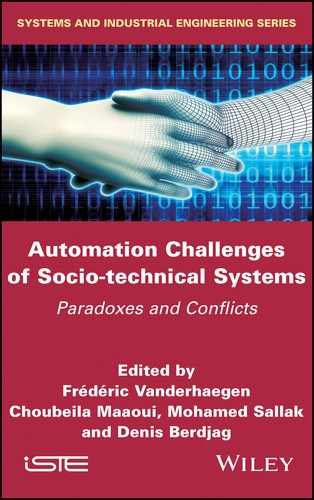Book Description
The challenges of automating socio-technical systems are strongly linked to the strengths and limitations of technical and human resources, such as perceptual characteristics, cooperative capacities, job-sharing arrangements, modeling of human behavior and the contribution of innovative design approaches.
Automation Challenges of Socio-technical Systems exposes the difficulties in implementing and sustaining symbiosis between humans and machines in both the short and long terms. Furthermore, it presents innovative solutions for achieving such symbiosis, drawing on skills from cognitive sciences, engineering sciences and the social sciences. It is aimed at researchers, academics and engineers in these fields.
